Cell phones have become a ubiquitous part of modern life. Most people in the United States own one and they have become a crucial part of communicating and networking, as well as an important work resource. The first operational mobile telephone was produced by Motorola in 1973, though they did not start to become widely used by the public until the late ’90s. Even then, they remained a niche item reserved for people who kept up with the latest technological trends. As cellular networks began to develop, more and more people started to incorporate them into their everyday lives. This necessitated changes in the design to make them functional and practical, as well as being appealing to the average consumer. Over the years, they started to become more and more essential to everyday life and companies started trying to make them sleeker and more ergonomic. Cell phone design was changed drastically by the release of the 1st iPhone, which was conceived as a fashion accessory as well as a powerful handheld device. This put a higher emphasis on the design side of cell phones, and companies started competing Throughout the years, several iterations of cell phones have become the standard, and here are a few images of the designs considered revolutionary at the time.
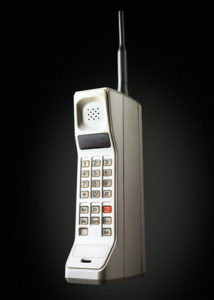
The Motorola Dyna TAC 8000x was one of the 1st mass-produced cell phones.
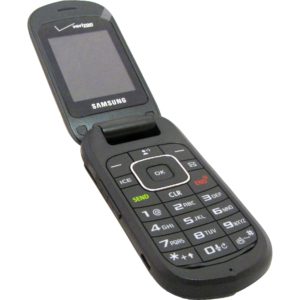
Flip phones, such as this Samsung model became the design standard by the early 2000s.
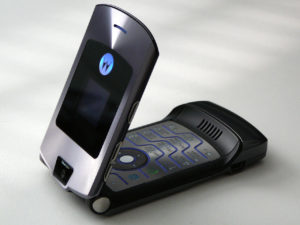
The Motorola Razr followed the trend of phones becoming thinner and sleeker.
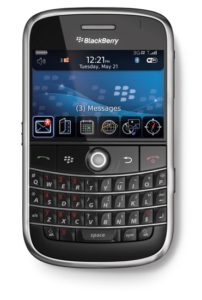
The BlackBerry started the trend of phones that could be used for internet/work applications.
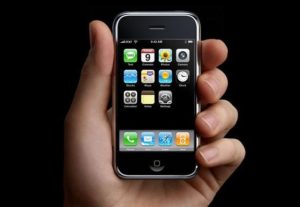
The iPhone was revolutionary in cell phone design, and ushered in an era of slim touch screen phones.
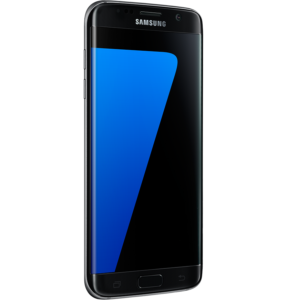
Cell phones have gotten more advanced in recent years, such as this Samsung Galaxy S7.
Sources:
https://thecanadiantechie.com/2017/01/09/the-original-iphone-turns-10/
https://www.emaze.com/@AITQCCRT/Revolution-of-Cell-Phones
http://www.mobileindustryreview.com/media/Motorola-RAZR-V3-Featured-Image.jpg
http://www.5barstore.com/shop/wp-content/uploads/2014/08/samsung-gusto2-01.jpg
http://mygggo.com/wp-content/uploads/2008/10/01425sz1i1847270011.jpg
http://www.businessinsider.com/complete-visual-history-of-cell-phones-2011-5

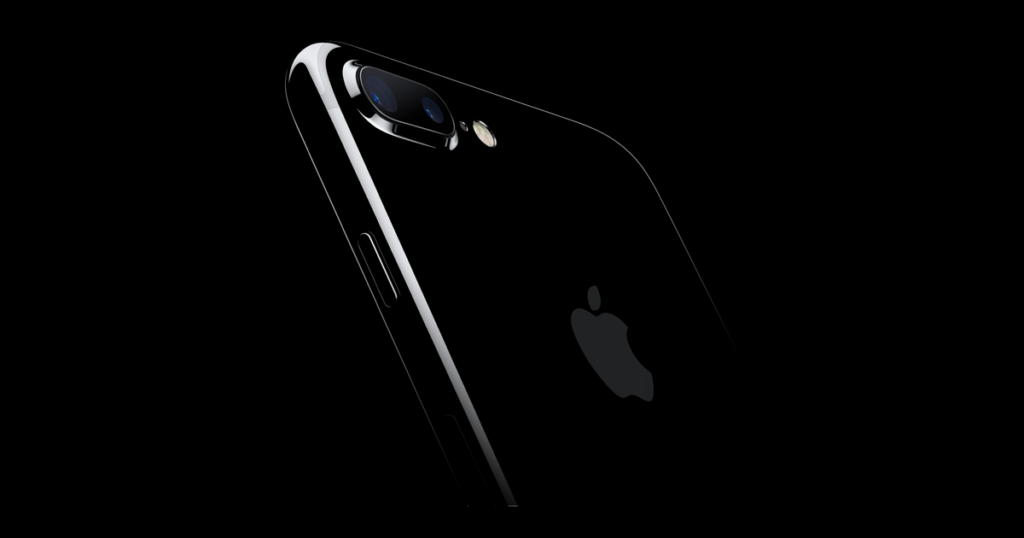
4 Comments. Leave new
I remember watching a documentary about the disconnect between the designers and engineers on the first iphone. This created so many problems so it is very interesting the way the aesthetic of the cell phone has to keep updating to fit technology as well as trend
Lacking a solid account of how legitimate subjective expert judgments are formed, exacerbated by a rejection of the normative aesthetics that they imply, the aesthetic processing account leaves little epistemological space for designers of aesthetic interactions to be anything other than ordinary people armed with empirical data a characterization that is far from the self-perceptions of most designers and is all but senseless when applied to artists.
I like what you said about phones being a fashion accessory. Having a cell phone as a kid was almost like a status symbol. I remember when I got my first cell phone in middle school, and all I cared about was how it looked. I loved seeing the pictures of the old flip phones, it was seriously nostalgic for me. It interests me how popular flip phones were. They were such an iconic thing. It seemed like there was a time where everyone either had or wanted a flip phone.
I think it would have been nice to get a little more description and insight in to each phone you chose to show. An extra sentence in to why that phone was important would have helped.
This is a very interesting topic. What I like most about modern cell phone design is that you really wouldn’t be able to tell that an iPhone or Galaxy was a phone based on its shape. Before the iPhone, all cell phones generally looked the same and had very common features like an antenna or number pads.
What do you think about the evolution of cell phones forms? There are other ideas out there on how a phone should be made in terms of the exterior. Some designers argue that cell phones should have more hard edges, because humans naturally like to touch proud edges and that they provide better hand grip. I am one that prefers the iPhone 5s (my current phone) shape over the rest, but that has been discontinued– ¡Que Triste!